Supercomputer that simulates entire human brain will switch on in 2024
- A supercomputer simulating an entire human brain will switch on this year
- It could boost the advancement of AI technology
- It’s capable of an incomprehensible 228 trillion synaptic operations per second – the same as the human brain
Published on Jan 26, 2024 at 7:41 PM (UTC+4)
by Amelia Jean Hershman-Jones
Last updated on Mar 06, 2024 at 2:14 PM (UTC+4)
Edited by
Alessandro Renesis
In a world first, a supercomputer that simulates an entire human brain will switch on in 2024.
And it could create unprecedented and advanced AI technology.
Capable of an incomprehensible 228 trillion synaptic operations per second, the device matched the same amount as an organic human brain.
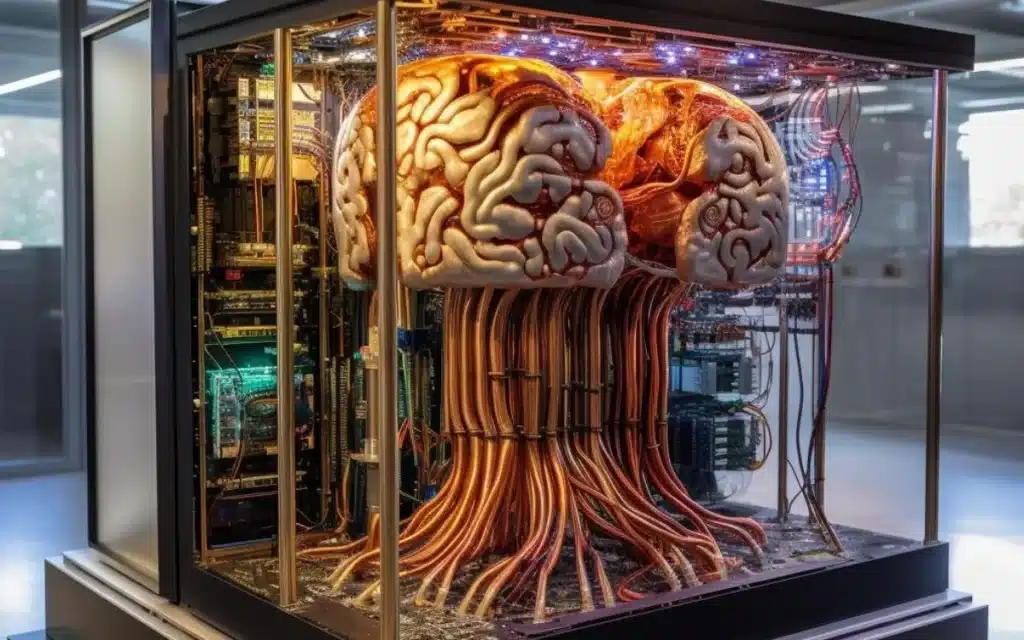
READ MORE! Elon Musk posts unbelievable video of Tesla humanoid meticulously folding clothes
Ironic, when you consider that’s a number that’s impossible for most of us to work our brains around.
The supercomputer is the first in the world to simulate the entire function of a human brain at full scale.
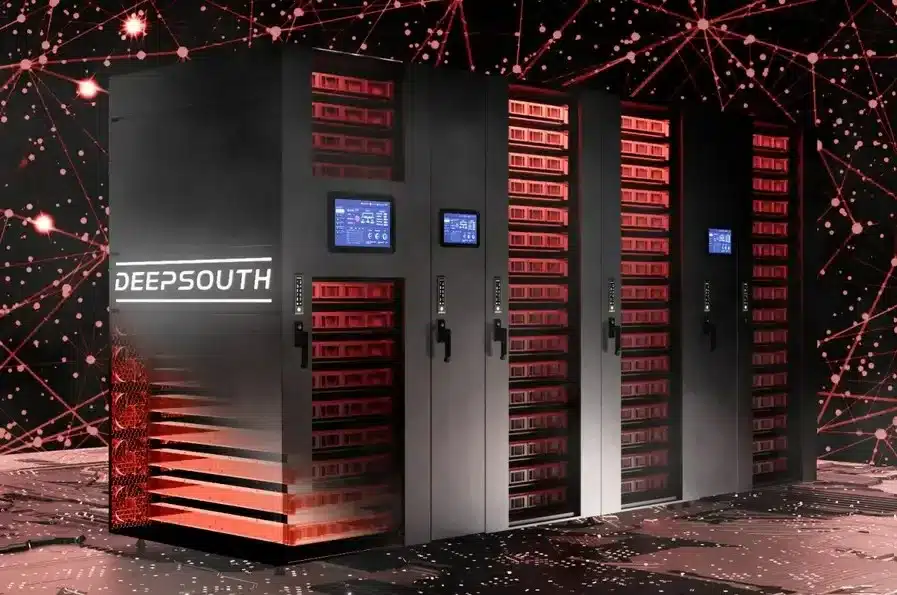
And this sci-fi-esque device, named ‘DeepSouth’, will switched on in April this year in Sydney.
AI and robots are getting increasingly humanlike in their capabilities to think and move.
In fact, some are even venturing to places that humans can’t access and helping with everyday tasks.
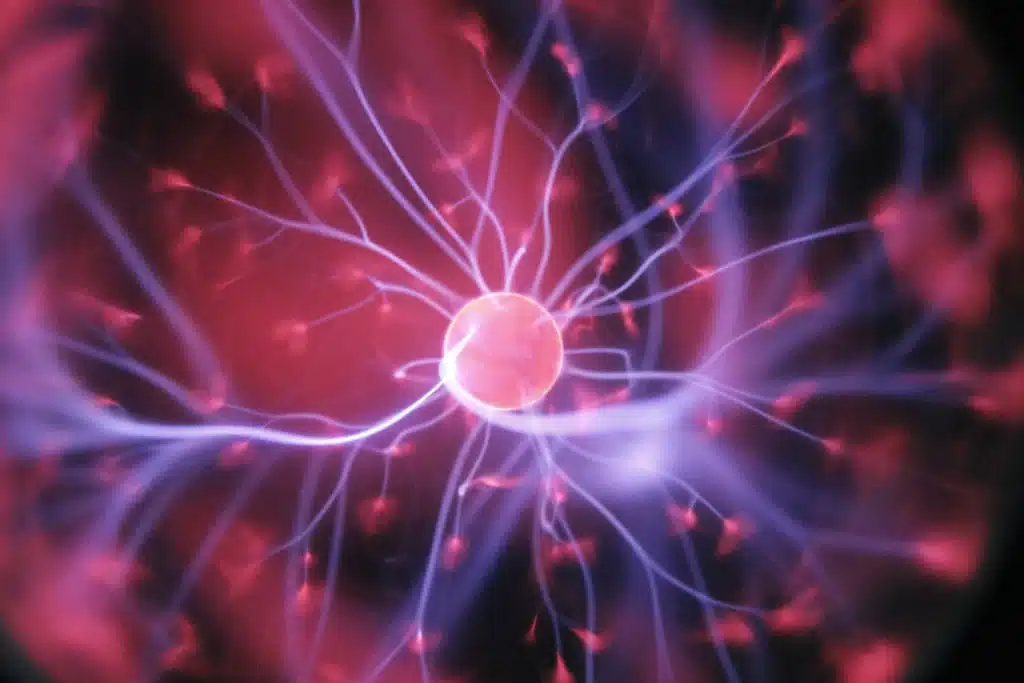
Researchers at the International Centre for Neuromorphic Systems (ICNS) at Western Sydney University are working on the DeepSouth project.
DeepSouth mimics biological processes that occur naturally in the human brain and we don’t even have to think about.
It will help scientists to understand how our synapses transfer information.
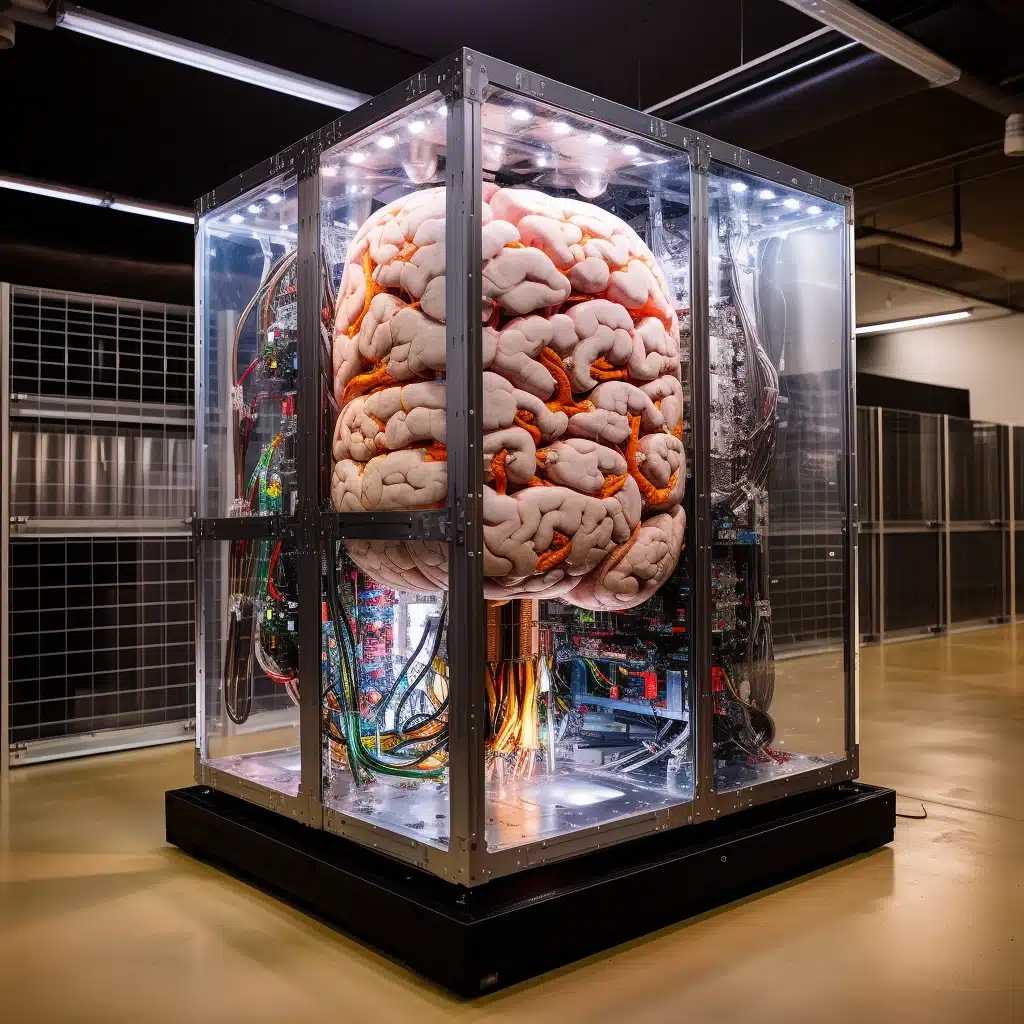
It’s also hoped the supercomputer will shed light on how a healthy human brain works.
The human brain can process massive amounts of information while consuming relatively little power.
DeepSouth tries to emulate the way neural networks function, requiring less power than other supercomputers.
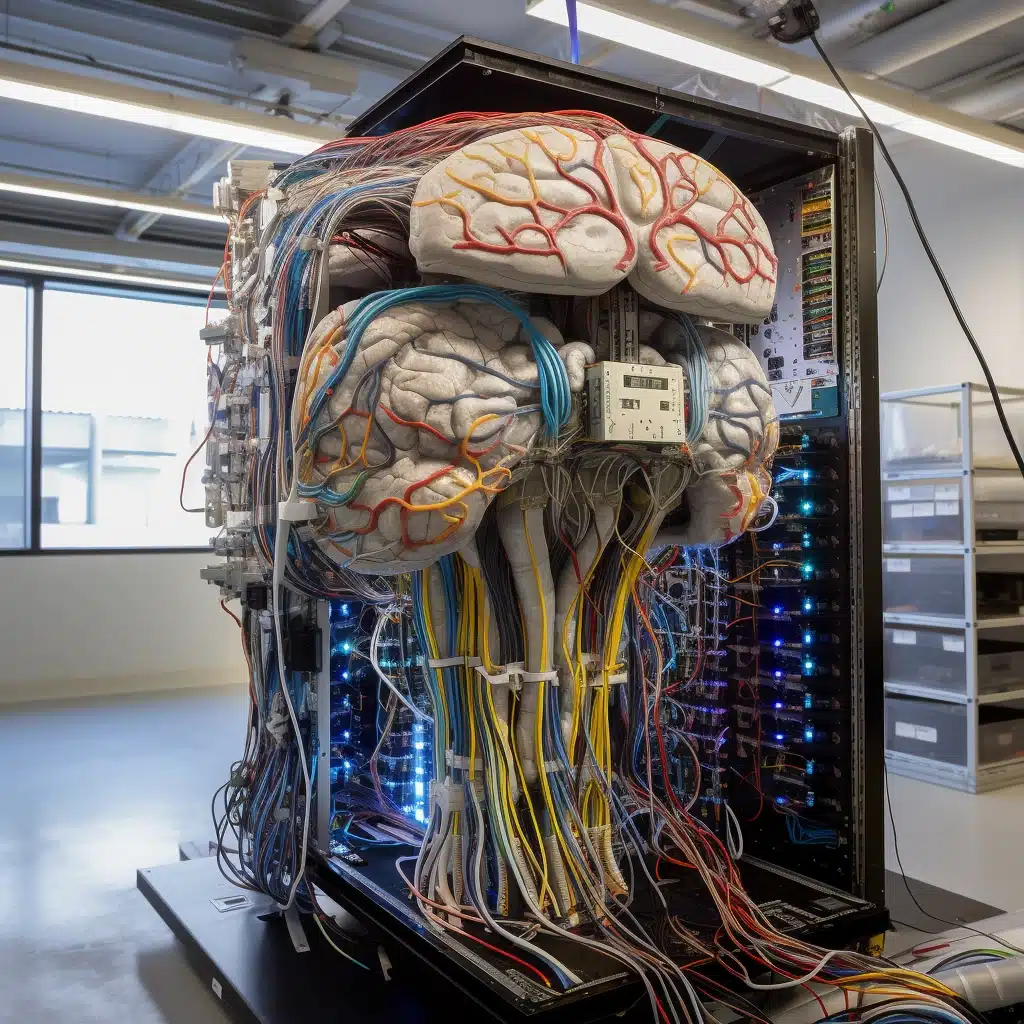
While there’s plenty AI can learn from us, hoped DeepSouth will help researchers increase their understanding of how the diseased human brain functions.
“Progress in our understanding of how brains compute using neurons is hampered by our inability to simulate brain like networks at scale,” ICNS director, Professor André van Schaik said.
“Simulating spiking neural networks on standard computers using Graphics Processing Units (GPUs) and multicore Central Processing Units (CPUs) is just too slow and power intensive. Our system will change that.
“This platform will progress our understanding of the brain and develop brain-scale computing applications in diverse fields including sensing, biomedical, robotics, space, and large-scale AI applications.”
Some of the images used for this article were created with AI
DISCOVER SBX CARS: The global premium car auction platform powered by Supercar Blondie

All Supercar Blondie contributors undergo editorial review and fact-checking to ensure accuracy and authority in automotive journalism. After gaining her BA Hons in French and English at the University of Nottingham, Amelia embarked on a vocational diploma from the National Council for the Training of Journalists (NCTJ). This led to numerous opportunities, from interning at Vogue to being on the small team that launched Women’s Health magazine in the UK, which was named the PPA Consumer magazine of the year for three years running. As Health, Beauty and Fitness editor, Amelia personally received a Johnson & Johnson Award and was shortlisted for both PPA and BSME titles. Since then, Amelia has created content for numerous titles and brands, including the Telegraph, 111 Skin, Waitrose, Red magazine, Stylist, and Elle, as well as being Head of Content at Vitality and Editor in Chief at INLondon magazine. “My superpower is translating technical jargon about the mechanical workings of a supercar into a relatable story you’ll want to share with your friends after you’ve read it.” After joining the SB Media family as a senior journalist in September of 2023, Amelia’s role has evolved to see her heading up the SEO output of the editorial team. From researching the most ‘Google-able’ key terms to producing evergreen content - it’s been a time of hard work, growth, and success for the editorial team and the Supercar Blondie website. “I like to think of myself as a ‘method journalist’. In other words: I live and breathe whatever I am writing about. When writing about fitness, I trained as a personal trainer, and as a beauty editor, I completed an ‘expert’ in scent diploma with the Fragrance Foundation. “During my tenure at Supercar Blondie, however, I did something I never thought possible: I passed my driving test at the age of 36. One day I’d love to train as a mechanic to better understand what happens under the hood, too. “My sweet spot is providing readers with a ‘takeaway’ (read: something new they didn’t know before) after reading every one of my stories. While I don’t claim to be an expert in the automotive world, I know the experts and bodies in the field to rely on to provide our readers with an informative and thought-provoking story every time they visit the site.”




